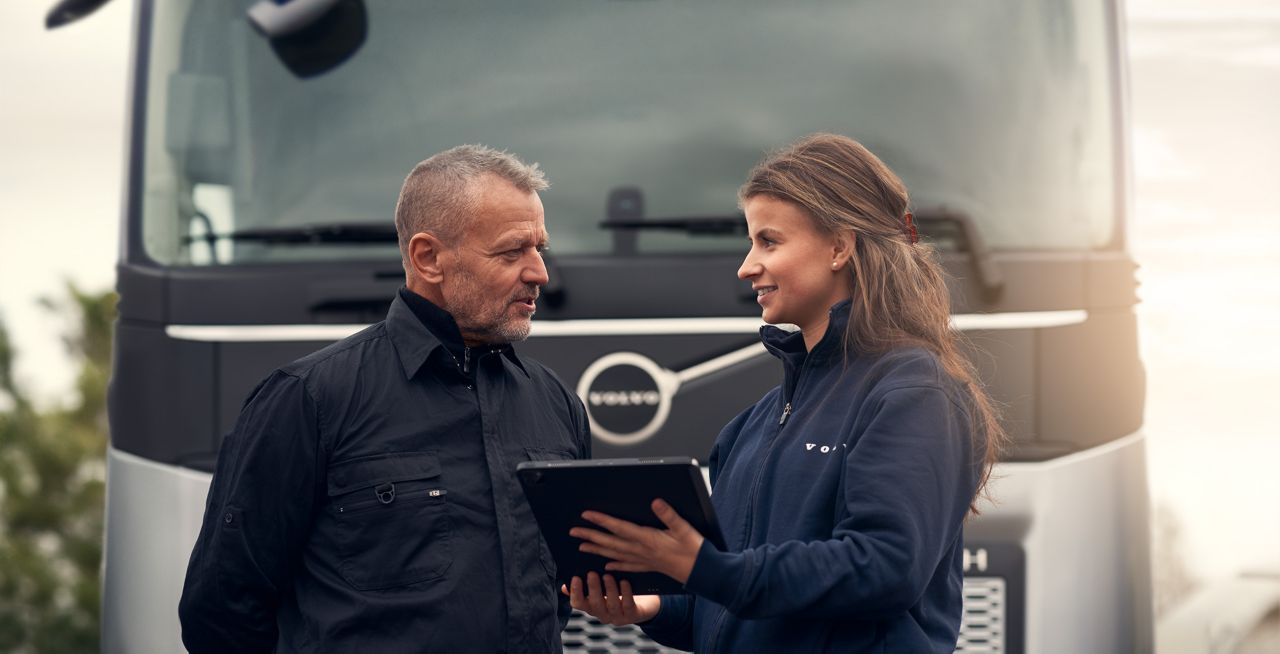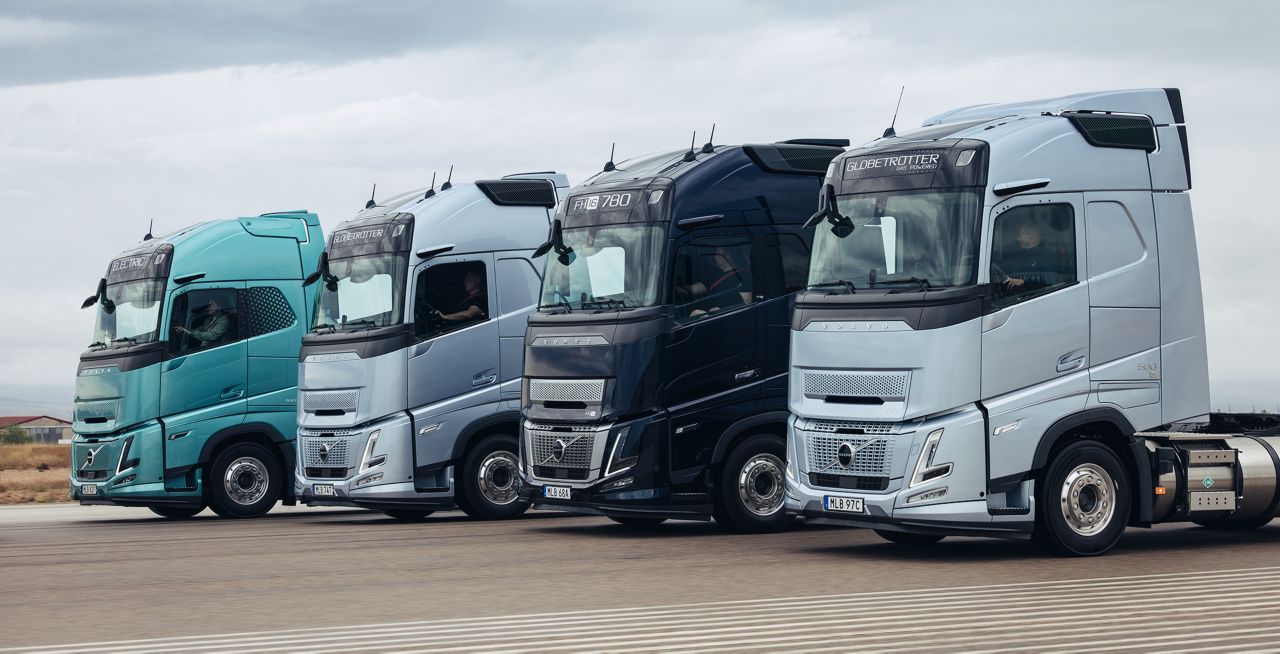The need to save fuel and energy has always been – always will be – a high priority for truck owners. Whether the truck runs on diesel, electric or gas, Volvo Trucks is constantly focused on making its vehicles more efficient. Its latest range of heavy-duty trucks is no exception.
With fuel typically accounting for around 20-25% of a truck’s operating expenses, it’s no wonder that fuel efficiency is central to profitability across the industry. With the transition to electromobility, improved energy efficiency means longer ranges and higher productivity. Accordingly, it has long been a focal point of Volvo Trucks’ research and development, which can be seen in its latest range of heavy-duty trucks.
How a decade of development led to the latest aerodynamic designs
A core component of a truck’s energy performance is its aerodynamics. Here, Volvo Trucks’ approach is to take a holistic view of the whole vehicle and develop multiple concepts simultaneously over the long term, which combine to create an optimal design.
Many of the new aerodynamic concepts – such as additional sealings on split lines on the front of the cab, closure of the footstep, and a closer wheel arch perimeter – were introduced in 2022 and have now been extended across the whole range in all markets.
“The new range of heavy-duty trucks is the result of continuous fine-tuning over more than a decade, to evolve into the vehicles we see today,” says Anders Tenstam, Senior Technology Expert, Aerodynamics, Volvo Trucks.
“Through intense and efficient virtual development, we’ve been able to make improvements in both the shape and detailing of the truck designs. We’ve introduced these improvements incrementally, but they are all part of a holistic plan stemming from advanced engineering, that has taken place over many years with the ambition to create the most energy efficient vehicle possible for our customers.”
The new aerodynamic design is the result of continuous fine-tuning over more than a decade.
The aerodynamics are enhanced further with the new Camera Monitor System . By replacing the side mirrors with smaller, wing-shaped cameras, the Camera Monitor System greatly improves the air flow along the truck’s sides.
“Since the backside of a mirror needs to be flat, creating a wake zone behind it is unavoidable so it will always contribute to aerodynamic losses,” says Mattias Hejdesten, Senior Engineering Expert, Aerodynamics, Volvo Trucks.
“By removing it, it becomes easier for the air flow to stick closer to the vehicle’s body. The vehicle’s projected frontal area also becomes smaller, which further reduces aerodynamic drag. This alone will contribute to lower fuel consumption, but on top of that, it will also optimize many of the other aerodynamic improvements implemented earlier.”
Here you can learn more about the differences between driving with a camera monitor system and mirrors , or the new Volvo FH Aero range, which also features the same aerodynamic improvements.
How software can contribute to energy savings
With driving technique having a large impact on fuel consumption, Volvo Trucks has updated its I-See* function so that it is now applicable to road curvature as well as topography. Using map-based data, the system can adapt a truck’s gear, speed and engine brake in order to drive most efficiently on both hilly and curvy roads.
“The updated I-See essentially means that a driver can use cruise control virtually all the time,” says Tomas Thuresson, Commercialization Manager New Offer, Volvo Trucks. “This will make it possible to reduce fuel consumption since cruise control is designed to be more economical than pedal driving.”
“The new range of heavy-duty trucks is the result of continuous fine-tuning over more than a decade. We’ve introduced the improvements incrementally, and the ambition is to create the most energy efficient vehicle possible for our customers.”
Why a complete fuel-saving package can be greater than the sum of all parts
Other improvements to the new heavy-duty range include ventilated brake pads, which can save energy by reducing the drag on the disc brakes when braking. The overdrive I-Shift gear box has been updated with a new manufacturing technique, while material changes have been made to the axles – both of which contribute to improved energy efficiency.
However, the biggest potential for fuel savings from all of these updates and features is when they’re combined in one package. It is also important to combine them with traditional fuel-saving measures, such as spoilers, fenders, roof- and side air deflectors, chassis fairings and wheel caps, which are specially designed for their intended use.
In addition, Volvo Trucks also offers a solution that can automatically reduce the height of the chassis at speeds over 60 km/h, for further aerodynamic improvement. Each of these features not only make their own contribution to fuel savings but also helps enhance the fuel-saving properties of the other features.
“It’s a case of 1 + 1 = 3,” says Anders. “If you optimize the aerodynamics at the front of the vehicle, you’ll increase the aerodynamic gains from improvements made at the back – and vice versa. And a more aerodynamic truck has a much better free-rolling inertia than a truck with higher drag, and so the benefits from a system like I-See are multiplied.”
*I-See is currently only available for diesel-powered vehicles however will be made available for gas-powered and electric drivelines at a later date.


